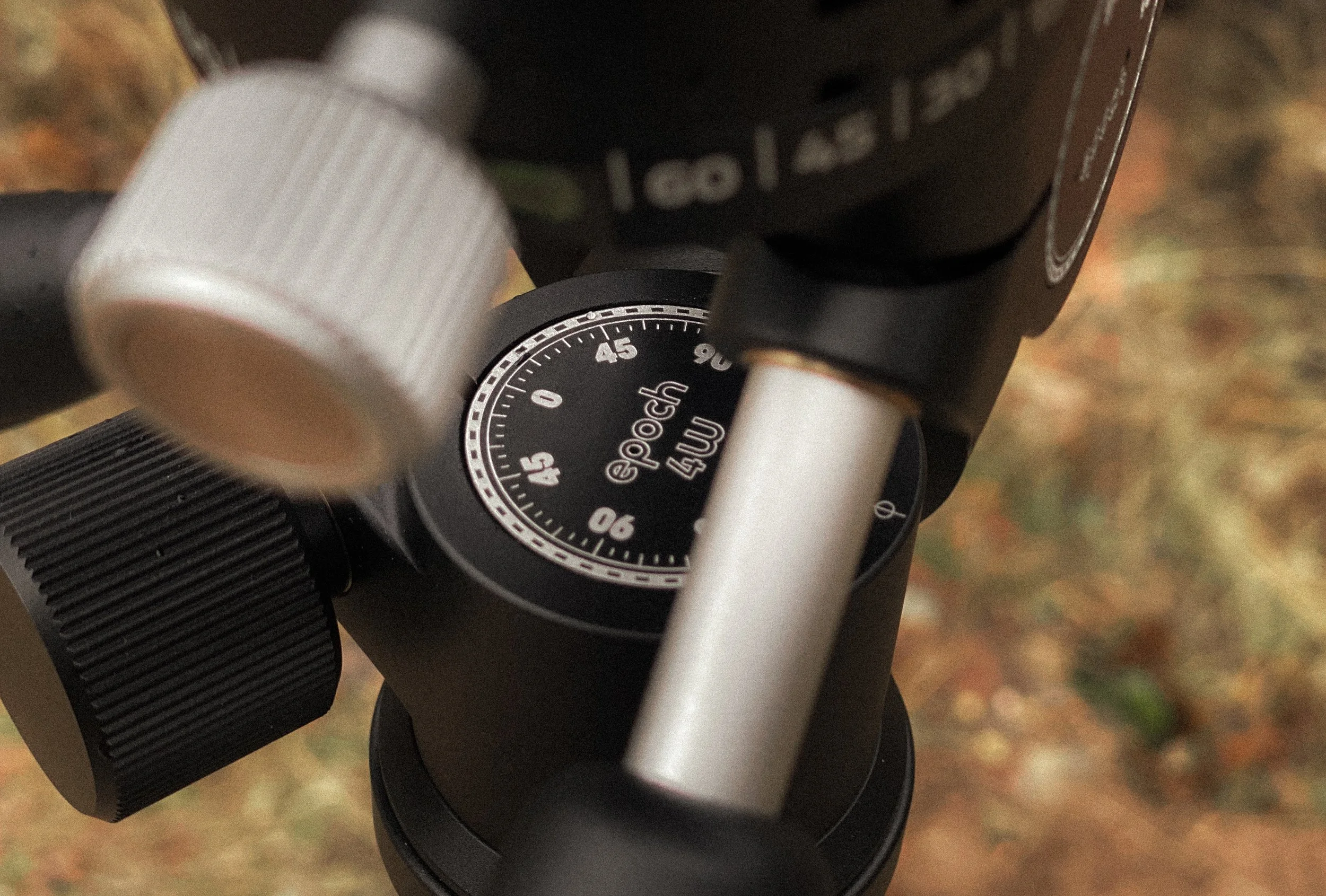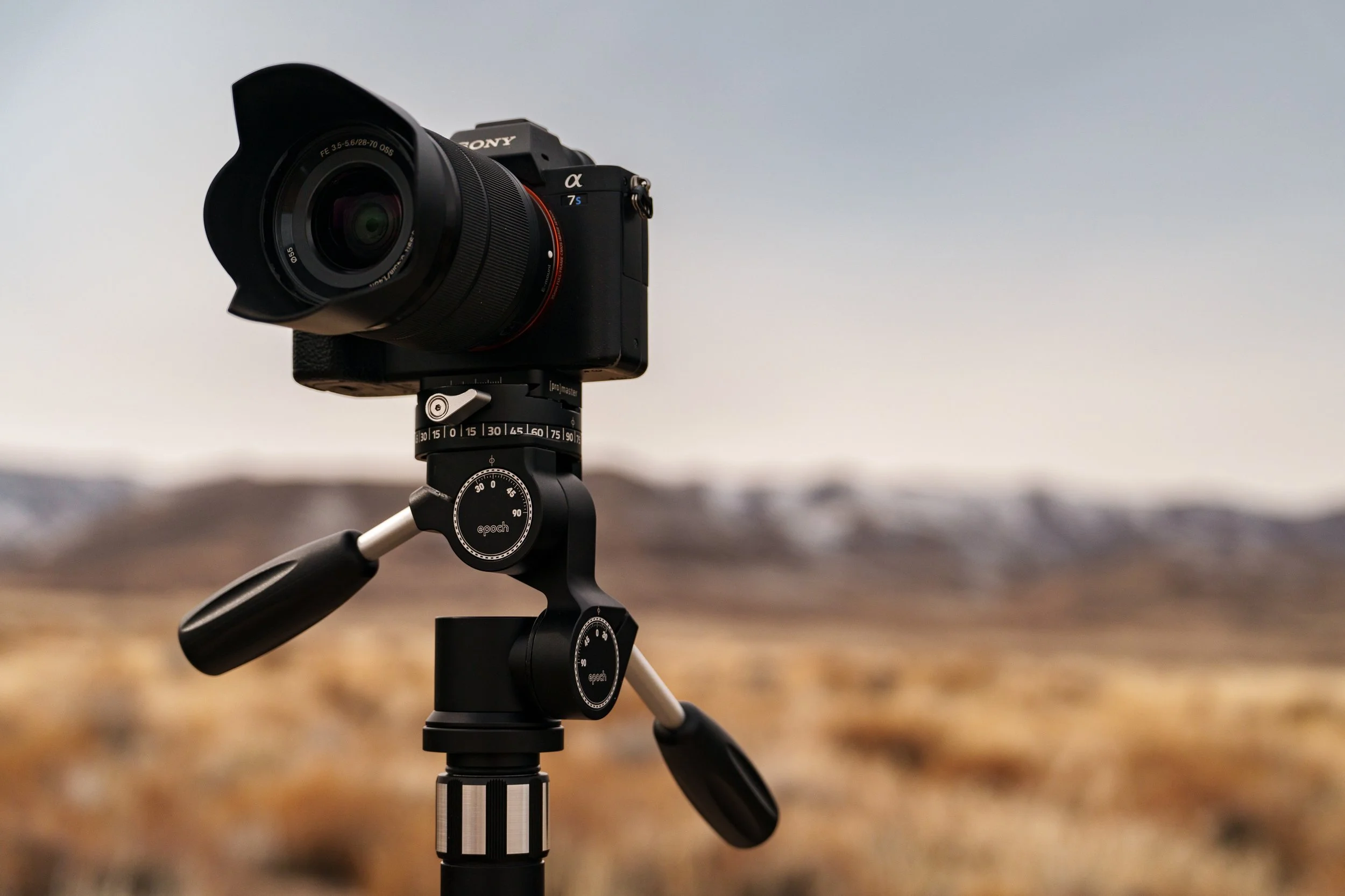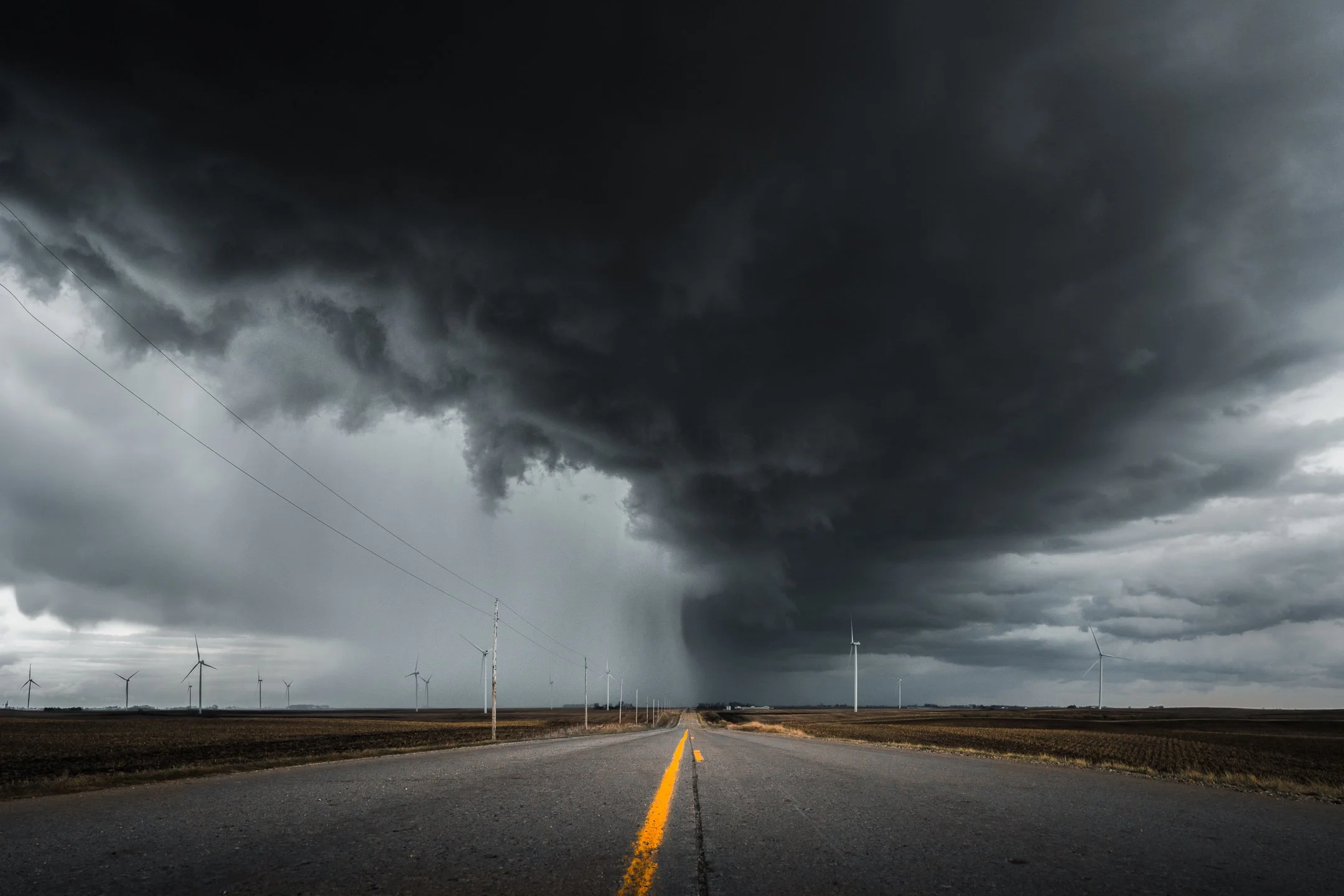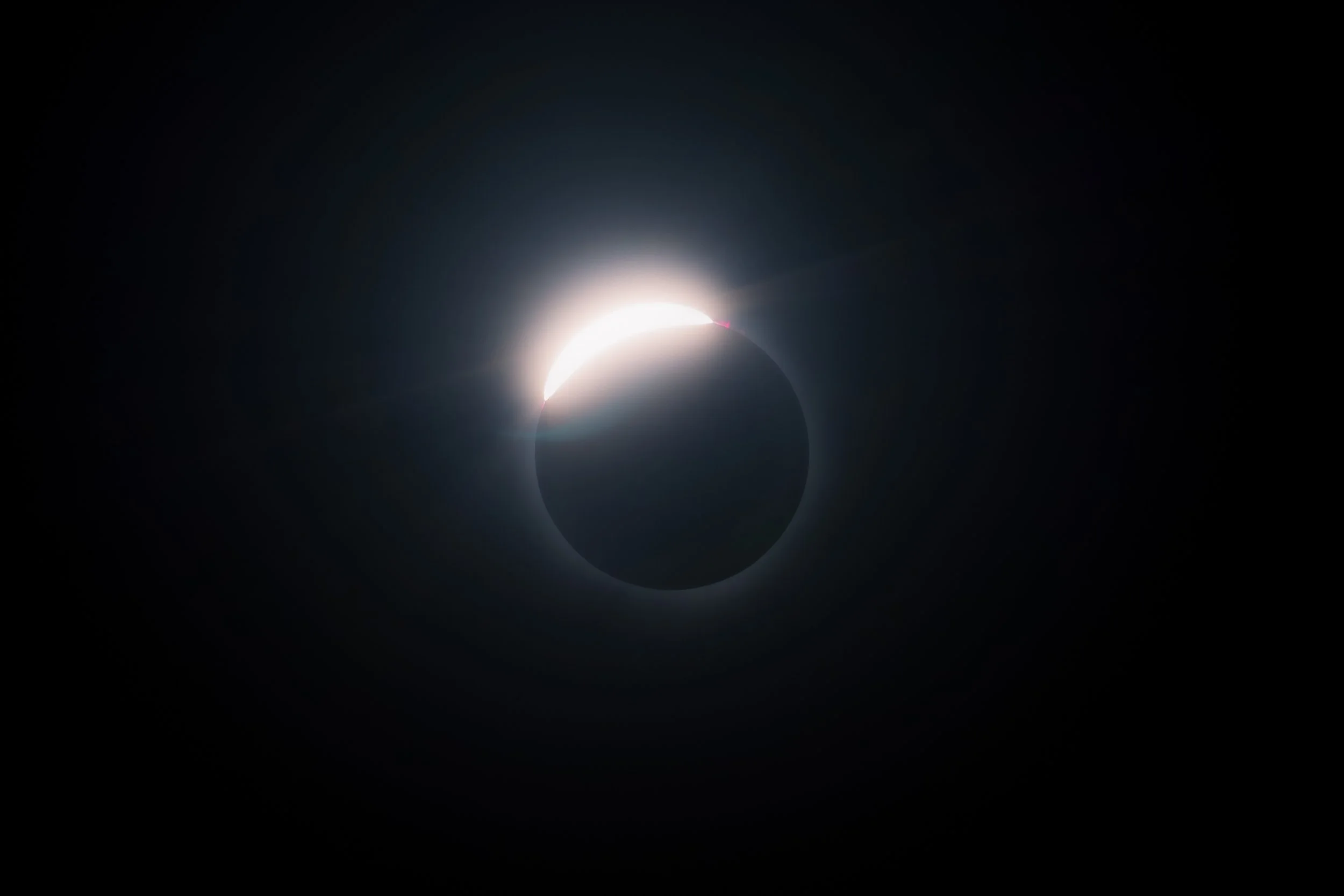Rediscovering Time with Epoch
In 2021, I took my first trip to Utah and hit some of the most magnificent scenes a landscape photographer could dream of. Bryce Canyon, Arches, Valley of the Gods, Moab, Bonneville, you name it, I photographed it. Looking back on these pictures upon returning home, however, I noticed something missing with my images. Many of them lacked a key element that I was unaware of: patience. I was rushing everything, and my work suffered from this.
Fast forward to 2024, and I set my sights set on patience once again. Determined to redeem myself for the lack of time I committed in 2021, I was motivated by the potential in front of me. This time, I had the Epoch tripod. This is the story of how Epoch helped me rediscover composition, and how it continues to assist me in producing my best images of my career.
SCENE ONE: ZION
When I was told about Epoch, I was highly intrigued by the core values that it preaches. Something that is simple, retro, and effective in allowing the user to slow down when shooting. I felt this was a tool that would unlock a new side of me as an artist that I was struggling to achieve, and from my first run with the tripod, I knew this to be true. I was slowing down, dialing in each setting and edge of the frame, all while feeling a new sense of confidence I hadn’t felt before. A new (old) age of tripod shooting was born. The first location on the docket for Epoch was Zion. As we approached the park, a dense layer of fog blanketed the views for us. The previous days were filled with rain and snow. For most this would’ve been a red flag, I saw an opportunity here to witness Zion in new glory. “What would this place look like in such dramatic conditions?” I wondered. As we entered through the first passage, my question was answered and greeted by a rainbow. After a quick setup – Epoch paired up with my Sony A7RV and a 70-200mm – I began searching for the perfect composition. I tried going wide. I tried vertical. I even tried a panorama. As I continued to explore, Epoch encouraged me to slow down, stay on course, and the frame would present itself. At 140mm, it did. This was that shot.
I couldn’t have asked for a better start to the day. I stared through my viewfinder longer than I ever have, and I found myself thinking about my scenes again. I finally had a tool that was slowing me down in all the best ways, enabling me to compose my shots at the appropriate pace. One of my favorite features for composing my shot is the panning motion at the base of the head on Epoch. With the tactile grip and the fluid motion, stability was maintained throughout the entire process. I never once felt uncomfortable by the freedom of Epoch’s movements.
As we moved through the park, more and more scenes presented themselves to me, giving me a chance to let Epoch continue to shine. Whether it was high arcing vertical shots of waterfalls diving down the cliffs, distant fog battling rock formations, or just a wide shot to soak in the park, Epoch never missed a beat. I felt patient, confident, and wired in for each shot I took. I was already eager to take the tripod to new locations.
SCENE TWO: MOONSCAPE
Moonscape was special. Not just special in the sense that it was such a serene and massive landscape, but this place felt like the true representation of the Southwest. Distant mountains merged with the canyon’s cliffs, acting as a natural contrast unlike anything I had ever seen. For this location, we sought out sunrise. I wanted to see a rise of light that represented how light changed in an area with such a vast variety of peaks and valleys. For Epoch, I needed a top-notch performance from its tilting motion. I didn’t want too much sky, but I also didn’t want to miss out on it. I needed the angle to be just right. As I framed up my scene from the right and left edges, the sunlight began to rise over the horizon, and color flooded in. The moment had arrived.
Epoch allowed me to keep a stable surface and bracket each shot to my greatest desires, all while keeping a level horizon and perfect amount of sky. A slight tilting motion with an exposure bracket when post processing gave this shot the title of one of my best sunrises of all time. Epoch, you did it again.
The versatility of Epoch’s head is truly unrivaled. I’ve been using this tripod for over three months now and I haven’t discovered a single moment where the head was unable to achieve my framing goals. Each knob and switch feels well-built, sturdy, and very effective with each adjustment. Oh, and I have to praise the bubble levels. I used to be notorious for having a slightly crooked horizon when shooting. Since Epoch, that has not been the case. It’s little things like this that have allowed Epoch to succeed as much as it does for me. The bubble levels, the extra panning motion on the head, the vintage leg locks, all of it. Epoch reinvents patience and allows the user to dial in their greatest photographic visions, turning them into a reality.
SCENE THREE: IOWA
During the springtime, I set my sights on any opportunity to chase some storms. Late March invited me back to Iowa for a moderately volatile day with high based storms, hail, and even the remote chance at a tornado. A simple day to kick off some rust and get ready for April and May. Like Dorothy once said in Wizard of Oz, “there’s no place like home”. For me, there’s no place like Iowa. Equipped with Epoch, I bounced from storm to storm, hoping for an opportunity to put Epoch’s quick deployment to the test. It wasn’t long after the storms began maturing that a series of leading lines along a highway posed the perfect opportunity for Epoch to get deployed, get low, and frame up a shot to show the true raw power of mother nature. This was that shot.
SCENE FOUR: THE ECLIPSE
Like many others on April 8th, I set course for the line of totality under clear skies to seek the best possible view of the total solar eclipse. This wasn’t my first eclipse, but in so many ways, I wanted to redeem myself and prove the growth I’ve made since 2017. After some extensive research and a day spent chasing storms in Tennessee, I settled in along the Mississippi River in southern Illinois. Armed with my van, Cumulus, my solar equipment, and Epoch, the mission was simple: Photograph totality.
Epoch understood this assignment perfectly and with no delay, I had my arca-swiss tripod foot held snugly in place on the head, facing nearly 50 degrees up with our sun in the center frame. Over the next hour, the only movements I needed to adjust for were the sun’s movement, not ours. Epoch was so stable for this event, you could see how the sun was tracking along the sky as totality approached without any shimmer. As totality arrived, all I needed to do was press my shutter down and hope. Hope each shot was in focus, framed properly, and settings dialed in. Courtesy of Epoch, I had all the time in the world to assure these hopes were checked and true. As the sun returned in view again, reality set in. The shots turned out. A once in a lifetime event was successfully photographed. The resulting images are some of the best I’ve ever taken, much of the credit to Epoch.
Patience really is a virtue. Especially with landscape photography, it’s remarkable how important it is to slow down and observe the scene in front of me. Through Epoch, I’ve rediscovered the importance of what a composition is supposed to represent: a feeling. How does an image invite the viewer to explore and interpret their own feelings? This is where Epoch shines best. Dialing in a composition, retreating to the roots of what image making represents, and paying homage to an era of photography that is old, yet revamped as new.
Time is invaluable. Achieve it with Epoch.
Originally published May 2, 2024.
Charlie Kruschek
This post was written by Charlie Kruschek. Landscape photography is Charlie's true passion, chasing everything from storms to sunrises. Standing humbled before nature's raw power and in awe of the world's subtleties, Charlie's goal is to preserve heart-skipping moments of natural light, focusing on an emphasis of time. Charlie attempts to share his imagery as a method of inspiring others to appreciate life's beauty through a different optic and the fragility of each second.













